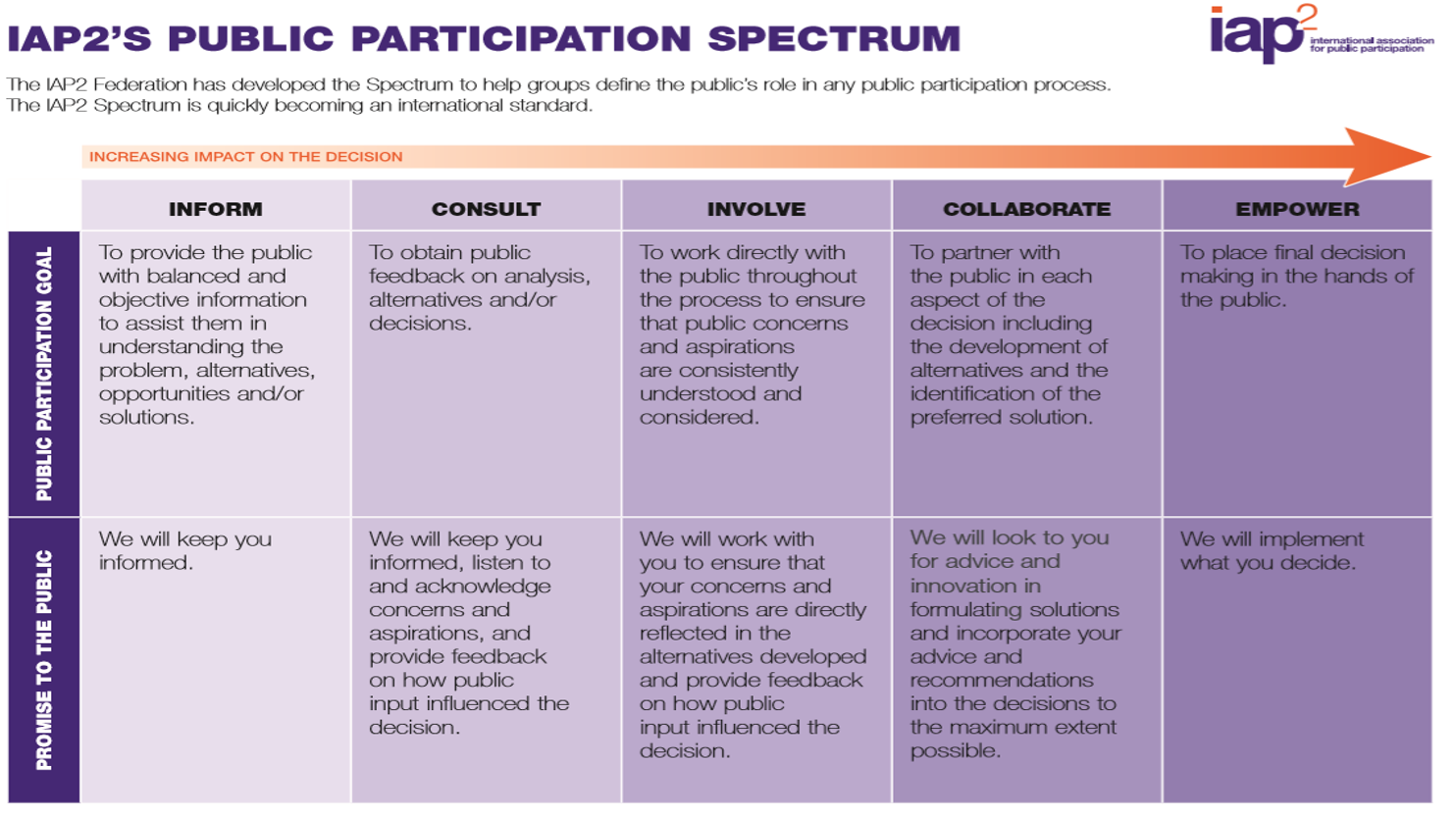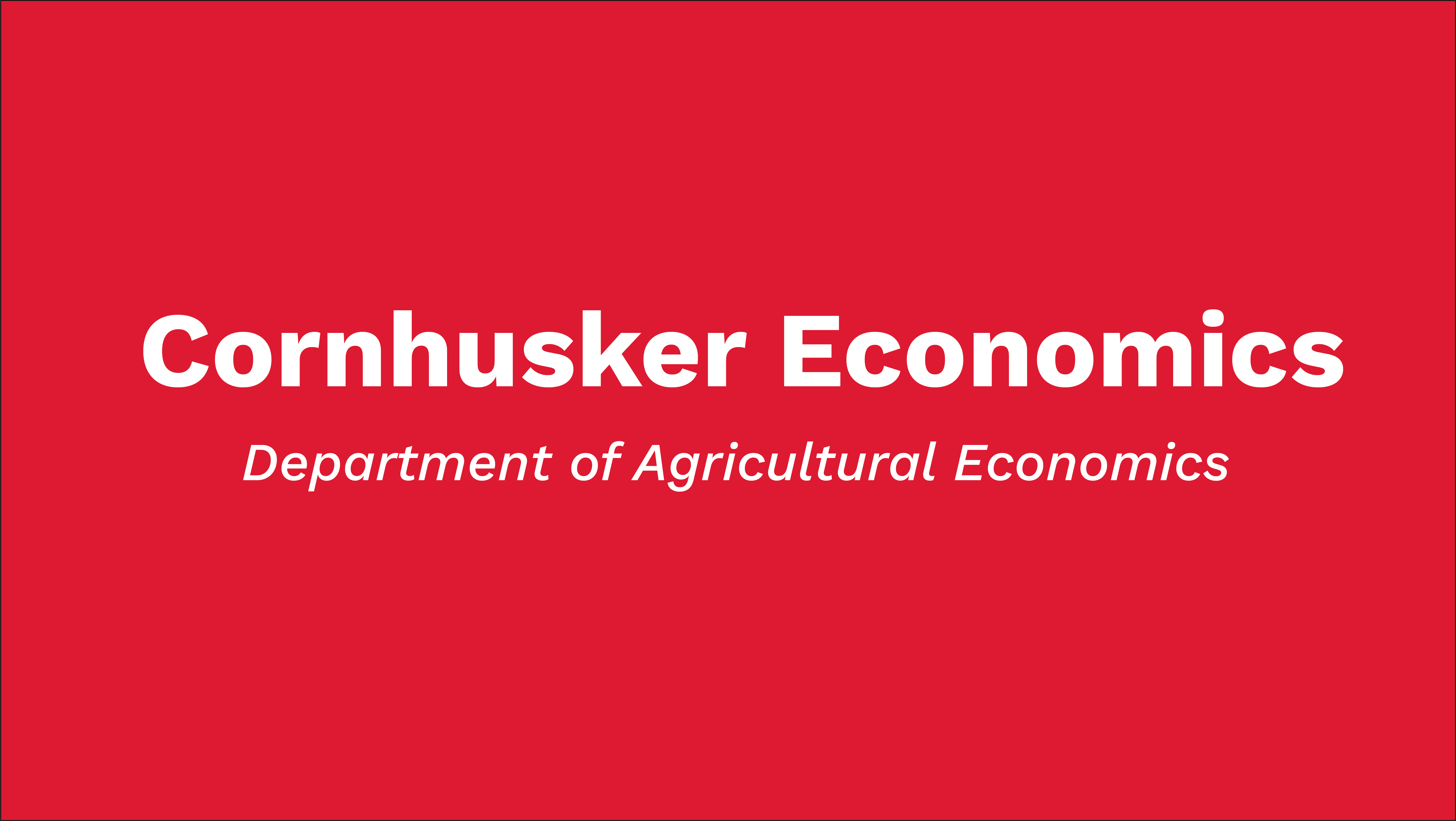With the weather changing and school buses on the road, fall is definitely here. The changing seasons also seem to bring community groups back together from the summer break.
Sometimes getting people back into the habit of community participation can be a bit challenging, but two aspects can help make this a little easier. The first is to make sure that there are no organizational barriers in participating, and the second is to realize that community participation happens on several levels and that each level has certain expectations. When these expectations are clearly stated, people are more easily motivated to get involved and stay involved.
Barriers to Participation
Sometimes it is the simple things that get in the way of public participation.
- If you are meeting face-to-face, finding a meeting date can be an epic challenge, as most of us have experienced. But one of the things that confuses this is setting a date at the last minute. Can a calendar, even a “hold-the-date,” be established with a lot of lead time?
- Is there some flexibility with the location? Could there be space for a guest or a child to be present, if needed? Is the location easily accessible?
- Sometimes in rural locations, the meeting place is rotated between neighboring communities – would this be an option to make it easier for members to participate?
- To keep people informed who are unable to attend, is there a way to distribute notes or minutes? This could be via email, text, or by maybe even dividing up those who could not attend the meeting and creating an “each one call one” for a short update. Once members fall behind in decision-making, it becomes easier and easier to disengage.
- Is communicating via video conferencing an option? Perhaps not all participation needs to be face-to-face? Is a meeting needed, or is information best shared in another way? Here is where technology can be your friend with a lot of options.
- If you are looking to gather information from others, can a simple poll be distributed electronically, maybe even via a QR code or through a link? It could be a wonderful way to get input and participation from those who cannot be involved due to time constraints.
Participation at Several Levels
One size does not fit all when it comes to public participation – there are several distinct levels. Intuitively, we may have realized that community engagement or involvement can vary from just a little to a lot! The Association of Public Participation (IAP2) adopted this concept and developed a spectrum of participation that lays the groundwork for understanding the goals and expectations for each level (Fig. 1).
Fig .1

Perhaps you are involved in an organization that is also part of a larger community-wide effort. Maybe it is a planning process where the local government is a major player. Both the local government and your community group have expectations, and when these are communicated, participation is often more fulfilling and productive. It can take a little time to understand each other’s roles, but it can really enhance the overall engagement and eliminate future miscommunications. For instance:
- If the goal is to Inform or “to tell” – then the public is provided with balanced and objective information to assist them in understanding the problem, alternatives, opportunities, and/or solutions.
- If the goal is to Consult or to seek advice then public feedback is offered on analysis, alternatives, and/or decisions.
- If the goal is to Involve or to engage, then it is expected that there will be interaction directly with the public throughout the process to ensure that public concerns and aspirations are consistently understood and considered.
- If the goal is to Collaborate then it becomes more of a partnership in each aspect of the decision, including the development of alternatives and identification of the preferred solution.
- Finally, if the goal is to Empower or to give power to authorize, it places the final decision-making in the hands of the public.
In Summary:
Setting up engagement from the beginning requires thought and attention to detail. It can be insignificant things, like choosing a date or picking a location, that impact participation. Also, knowing the level of participation desired or expected can either encourage or discourage future community participation. Details like these are easily overlooked. But, with a little careful planning, they become a personal and professional habit that builds up a positive culture of community participation.
Reference:
International Association of Public Participation (2025). Available at: https://cdn.ymaws.com/www.iap2.org/resource/resmgr/pillars/iap2_spectrum_2024.pdf
Cheryl Burkhart-Kriesel, Ph.D.
Professor and Extension Specialist
Department of Agricultural Economics Rural Prosperity Nebraska
University of Nebraska-Lincoln
cburkhartkriesel1@unl.edu
308-632-1234
